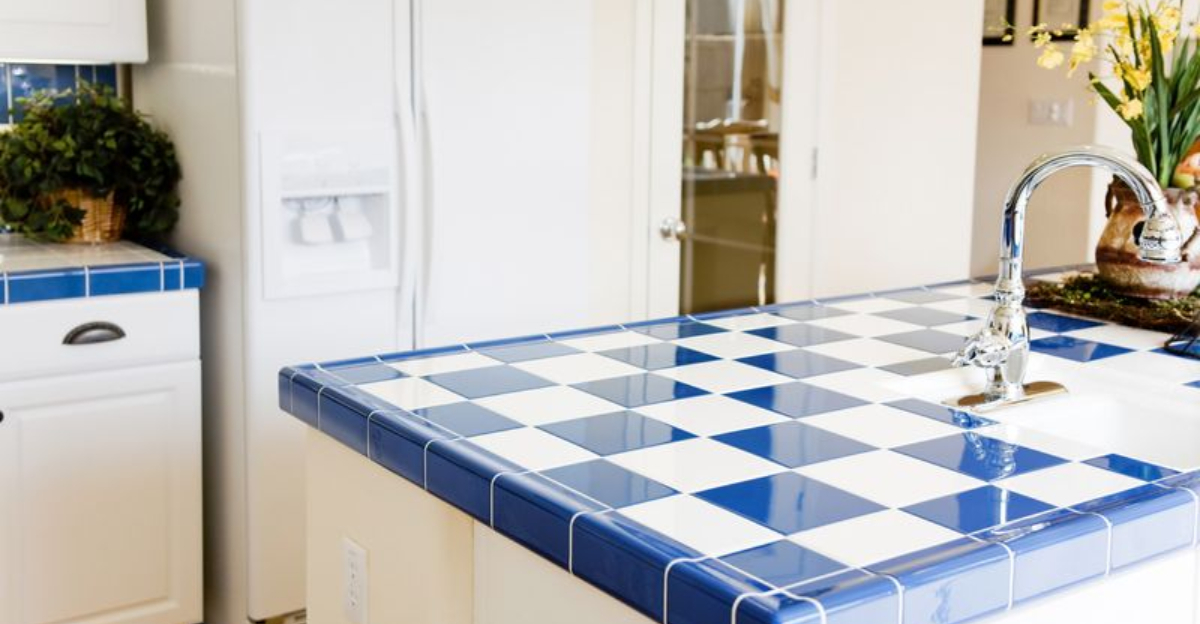Kitchen trends change faster than you can say ‘renovation.’ What was hot last year might leave your kitchen looking dated today.
Countertops especially can make or break your kitchen’s style factor. Let’s look at which countertop materials are falling from grace in today’s design world.
1. Tile Countertops
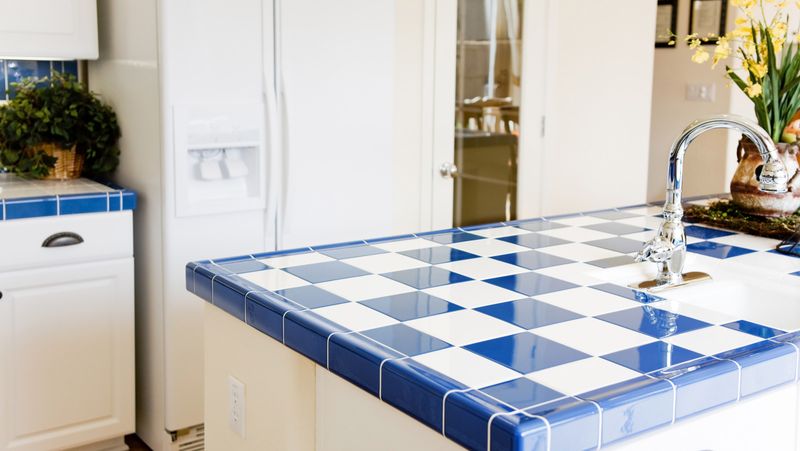
Remember those squares with grout lines everywhere? Once a budget-friendly staple, tile countertops are rapidly losing favor among homeowners and designers alike.
Difficult cleaning and uneven surfaces make food prep a nightmare. Plus, cracked tiles and stained grout lines create hygiene concerns that modern homeowners simply won’t tolerate anymore.
2. High-Gloss Laminate

Shiny plastic-looking surfaces are quickly becoming yesterday’s news. What once seemed sleek now appears artificial and cheap in today’s kitchens focused on authentic materials.
Scratches show up dramatically on these reflective surfaces, making them look worn faster than other options. Modern homeowners are gravitating toward matte and textured finishes that feel more natural and hide imperfections better.
3. Bullnose Edge Granite
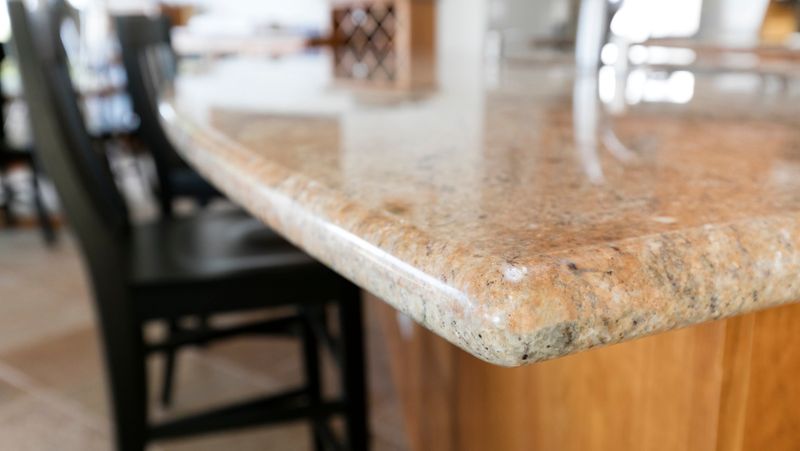
Gone are the days when rounded edges ruled kitchen design. Bullnose granite edges, once considered the height of luxury, now signal a kitchen stuck in the early 2000s. Sharp, square edges or subtle eased profiles have taken center stage in contemporary kitchens.
Designers now favor cleaner lines that complement today’s minimalist aesthetic rather than the softer, more ornate look of rounded bullnose edges.
4. Busy Multicolor Granite
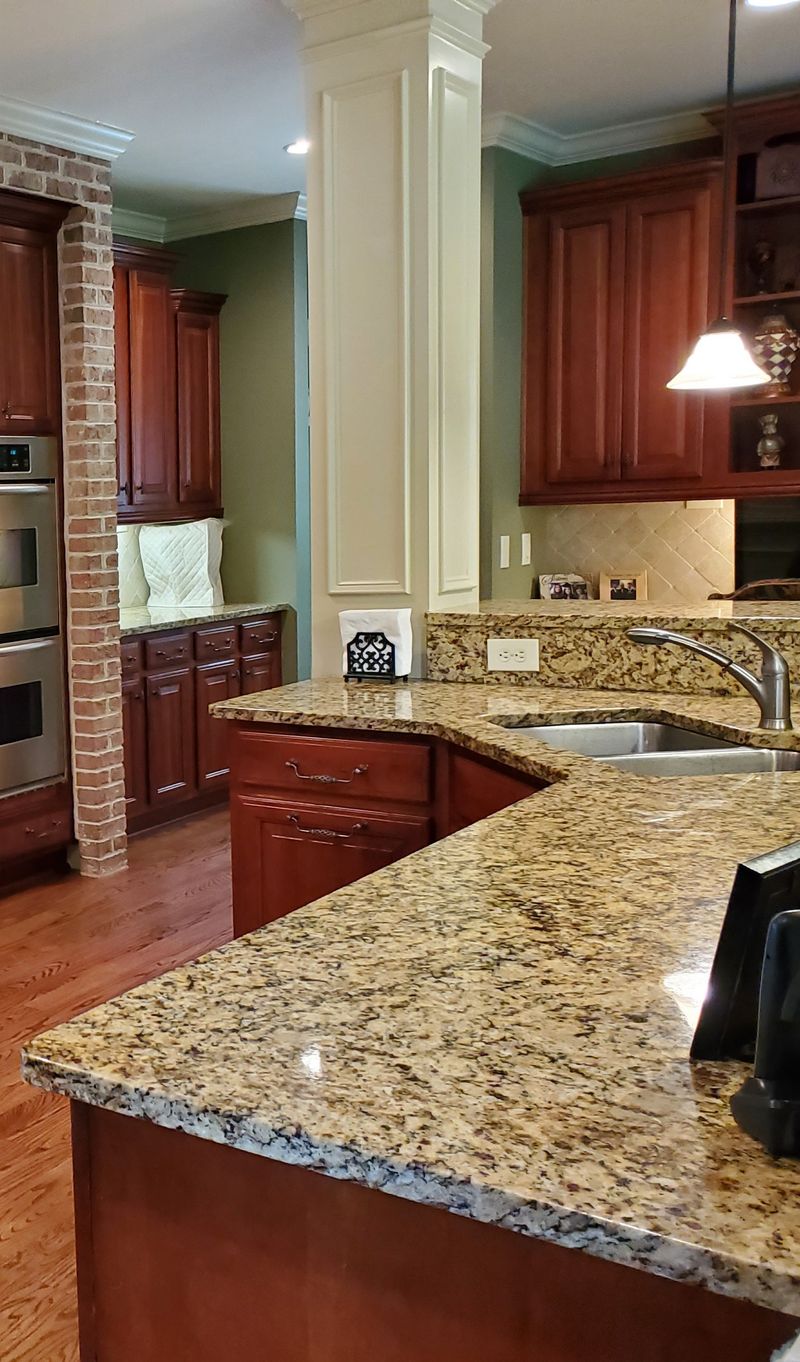
Wild patterns and rainbow-colored stone are quickly becoming design relics. Granite with gold, burgundy, green, and brown all swirled together creates visual chaos that today’s homeowners are rejecting.
Current trends favor quieter, more consistent patterns that create a sense of calm. Single-color or subtly veined surfaces allow other kitchen elements to shine without competing for attention in what should be a harmonious space.
5. Butcher Block (in High-Traffic Kitchens)

Wood counters near sinks are falling from favor faster than a dropped knife. While charming in theory, butcher block in busy kitchens has proven impractical for many homeowners. Constant maintenance requirements and susceptibility to water damage make them frustrating in daily use.
Modern families increasingly choose materials that can withstand spills, hot pans, and knife marks without needing special attention or developing unsightly stains.
6. Solid White Quartz
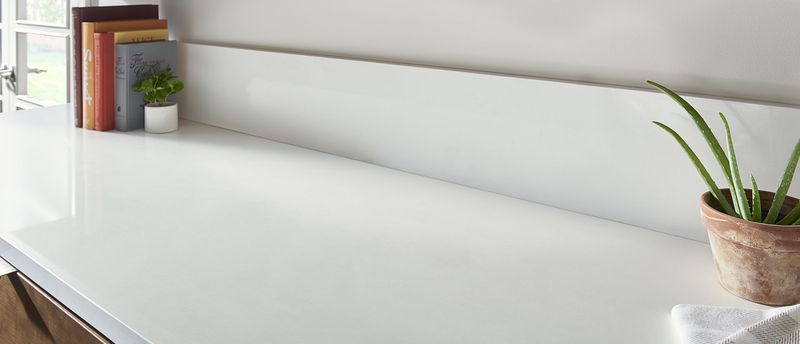
Stark white surfaces are losing their pristine appeal in modern kitchens. What once felt clean and bright now often comes across as sterile and uninviting in today’s home design landscape. Kitchen designers are moving toward warmer tones and subtle patterns that feel more natural.
Creamy whites with delicate veining or soft textures are replacing the clinical, laboratory-like appearance of solid white quartz that dominated the 2010s.
7. Faux Marble Laminate
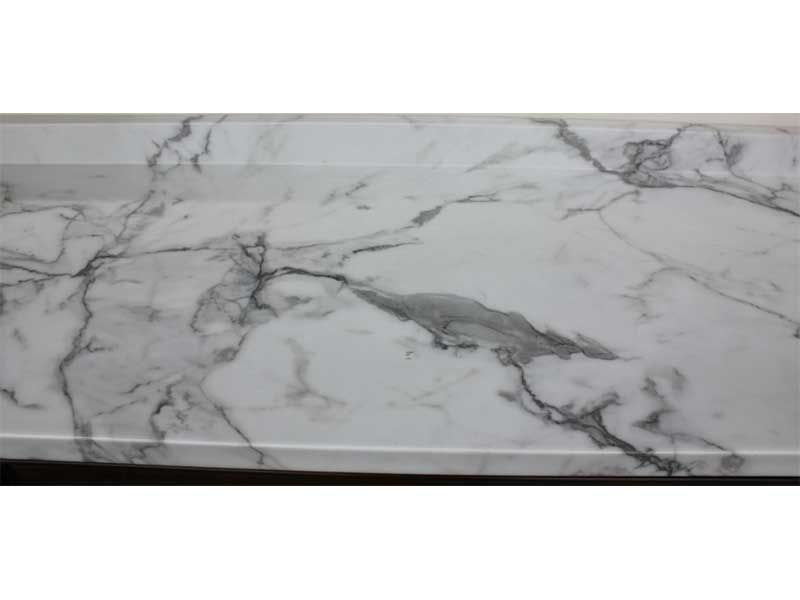
Budget-friendly fakery is becoming increasingly obvious to the discerning eye. Printed laminate trying to mimic expensive marble fooled no one and is now considered a design faux pas in style-conscious homes. Advances in manufacturing have created better alternatives for cost-conscious renovators. Materials like porcelain and engineered stone now offer more convincing marble looks at various price points, making the obviously fake versions appear particularly dated.
8. Speckled Quartz Patterns
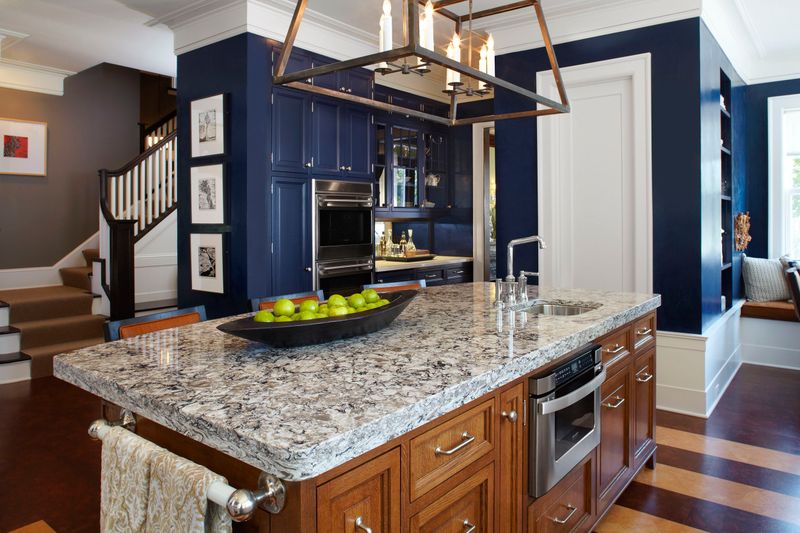
Confetti-like surfaces are quickly losing their party appeal. Quartz countertops with tiny multicolored flecks that were popular in the early 2000s now look distinctly outdated and manufactured. Contemporary designs favor either bold statement patterns or subtle, nature-inspired textures.
Small speckles neither make a strong design statement nor successfully mimic natural stone, leaving them in a no-man’s-land of design that feels instantly recognizable as passé.
9. Concrete with Industrial Finish
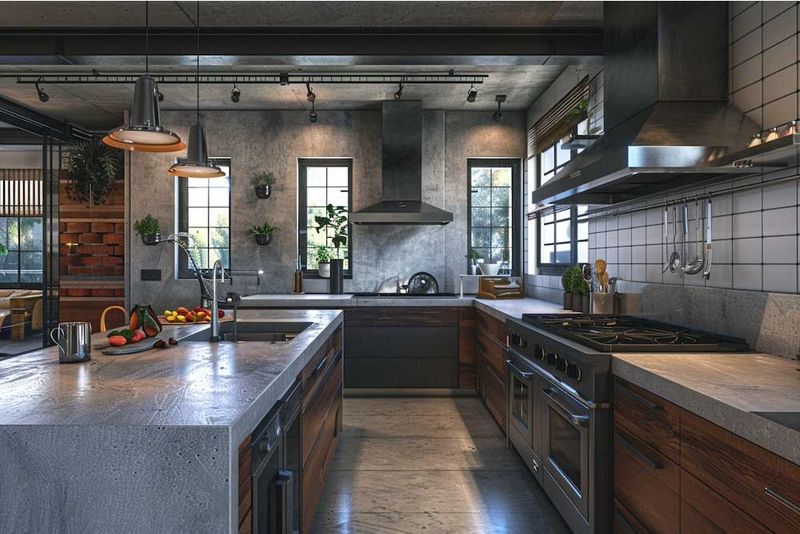
Raw warehouse vibes are fading from kitchen design trends. Rough concrete countertops with visible air bubbles and an unfinished industrial look are losing appeal as homeowners seek more refined aesthetics. Maintenance headaches have also contributed to concrete’s decline.
Susceptibility to staining, cracking, and the need for regular resealing has many homeowners regretting this once-trendy choice and turning to more practical alternatives that still offer contemporary style.
10. Colored Glass Countertops
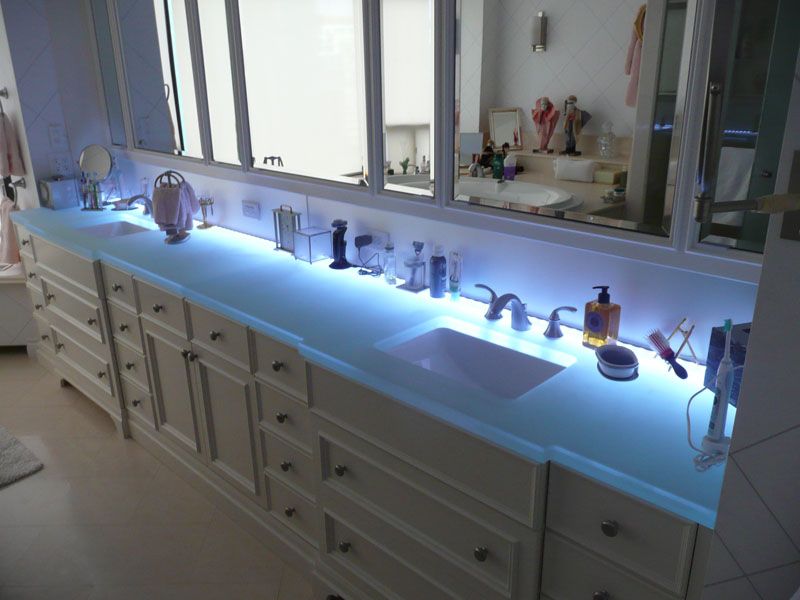
Vibrant blue and green glass surfaces are shattering expectations in all the wrong ways. Once considered ultra-modern and avant-garde, colored glass countertops now appear as dated as avocado-colored appliances. Showing every fingerprint and water spot, they’ve proven impractical for daily use.
11. Brightly Tinted Epoxy Resin

Neon dreams are turning into design nightmares in today’s kitchens. Vibrant blue, pink, or metallic epoxy countertops that briefly captured attention on social media are already looking like trendy mistakes. Much like an impulse haircut, the bold statement quickly becomes tiresome in daily life.
Homeowners are returning to more subtle, enduring options that won’t make them cringe when looking at renovation photos a few years down the road.
12. High-Contrast Marble Veining

Dramatic black veins on white backgrounds are losing their Instagram appeal. Marble with bold, graphic patterns that dominated social media feeds is quickly becoming identifiable as a specific trend rather than a timeless choice. Design professionals are steering clients toward more subtle veining patterns.
Softer, more natural-looking stone with delicate movement provides elegance that won’t look dated when trends inevitably shift toward the next must-have surface.
13. Copper Countertops
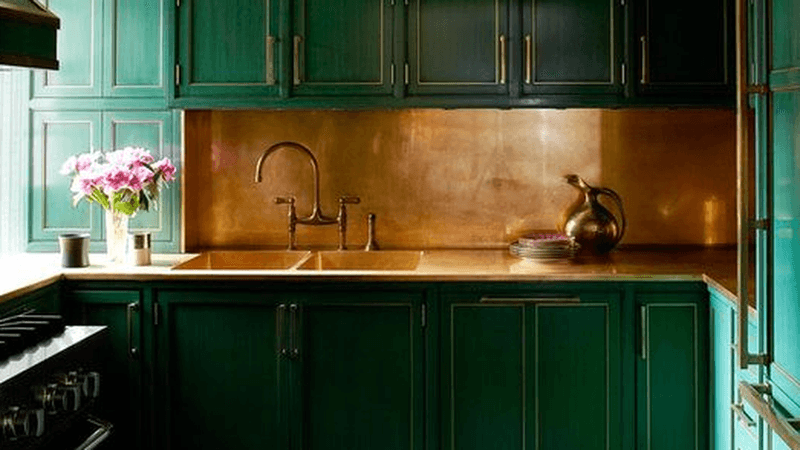
Penny-colored surfaces are losing their shine in contemporary kitchens. Copper countertops, once prized for developing a unique patina, now often look like maintenance headaches to prospective buyers. Living with the reality of constant cleaning to prevent oxidation has dampened enthusiasm for this metal.
Many homeowners discover that the romantic notion of a naturally aging copper surface conflicts with their desire for consistent, controlled kitchen aesthetics.
14. Recycled Paper Composite
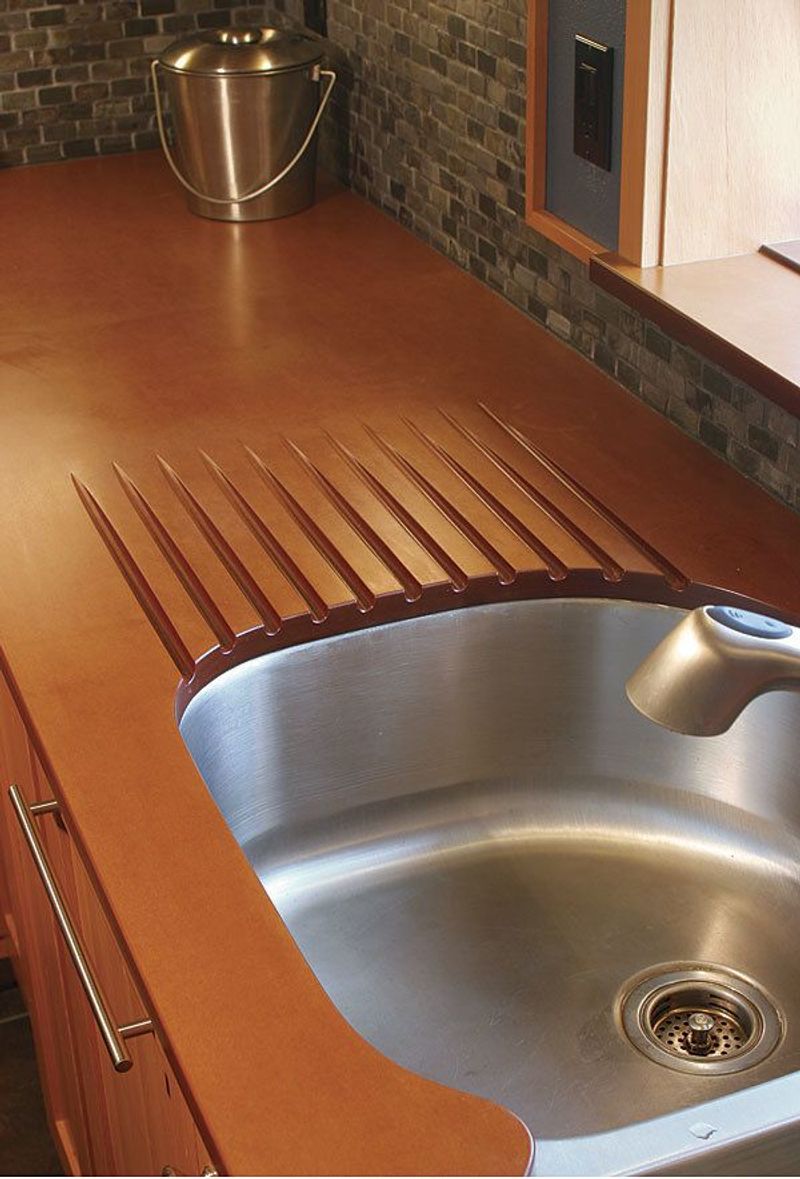
Eco-friendly doesn’t always mean eye-friendly in today’s design world. Countertops made from compressed recycled paper with visible flecks and a somewhat homemade appearance are rapidly losing market share.
Water damage concerns and a distinctive look that screams “alternative material” have limited their appeal. Newer sustainable options that don’t sacrifice aesthetics or durability are taking their place as eco-conscious homeowners seek green choices that still look sophisticated.
15. Tiled Stainless Steel
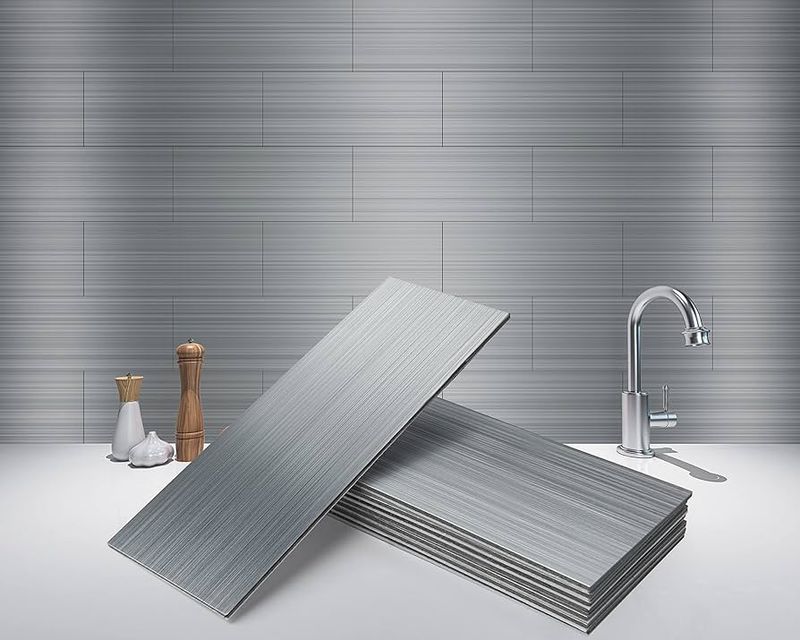
Commercial kitchen vibes are checking out of residential spaces. Small stainless steel tiles with visible seams once gave home chefs the feeling of cooking in a restaurant kitchen, but the look has quickly fallen from favor.
Difficult cleaning and a cold, institutional feel have sent this trend packing. Modern kitchens now aim for warmth and personality rather than the sterile, utilitarian aesthetic that metal tile countertops inevitably create, regardless of how high-end the installation.

